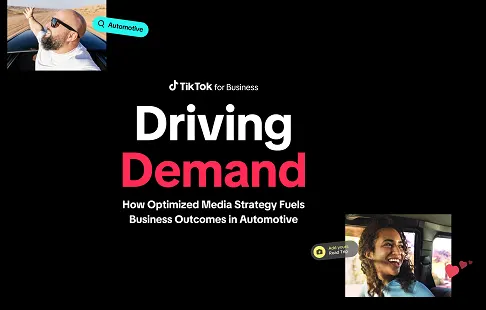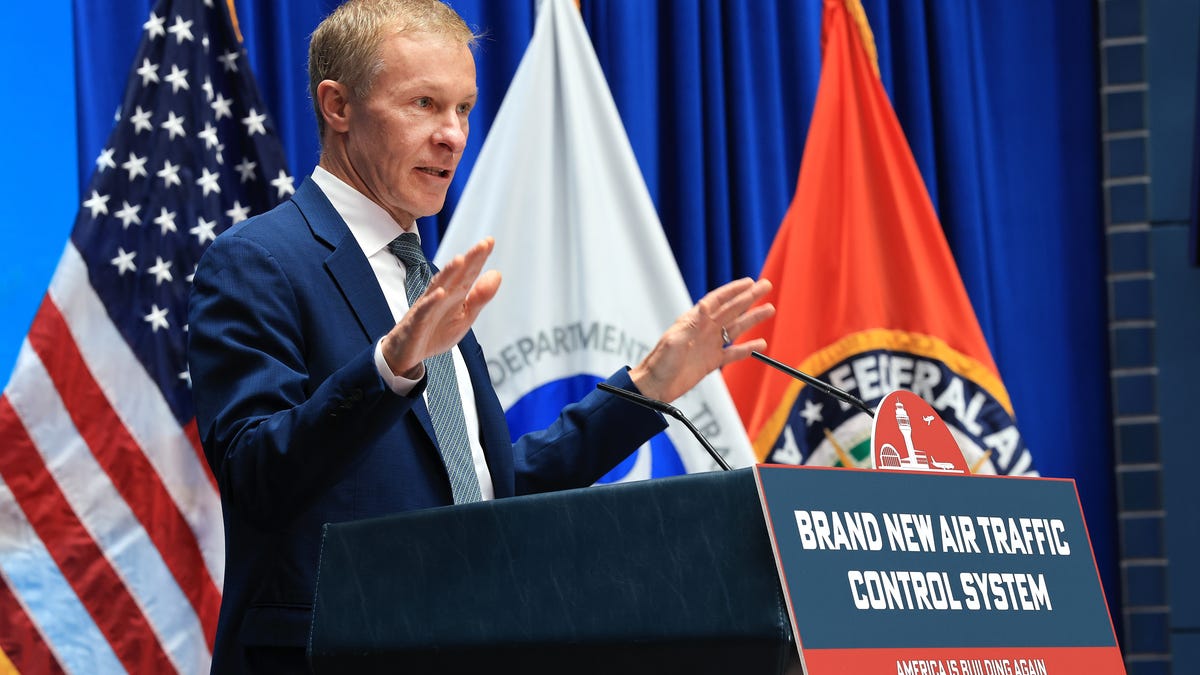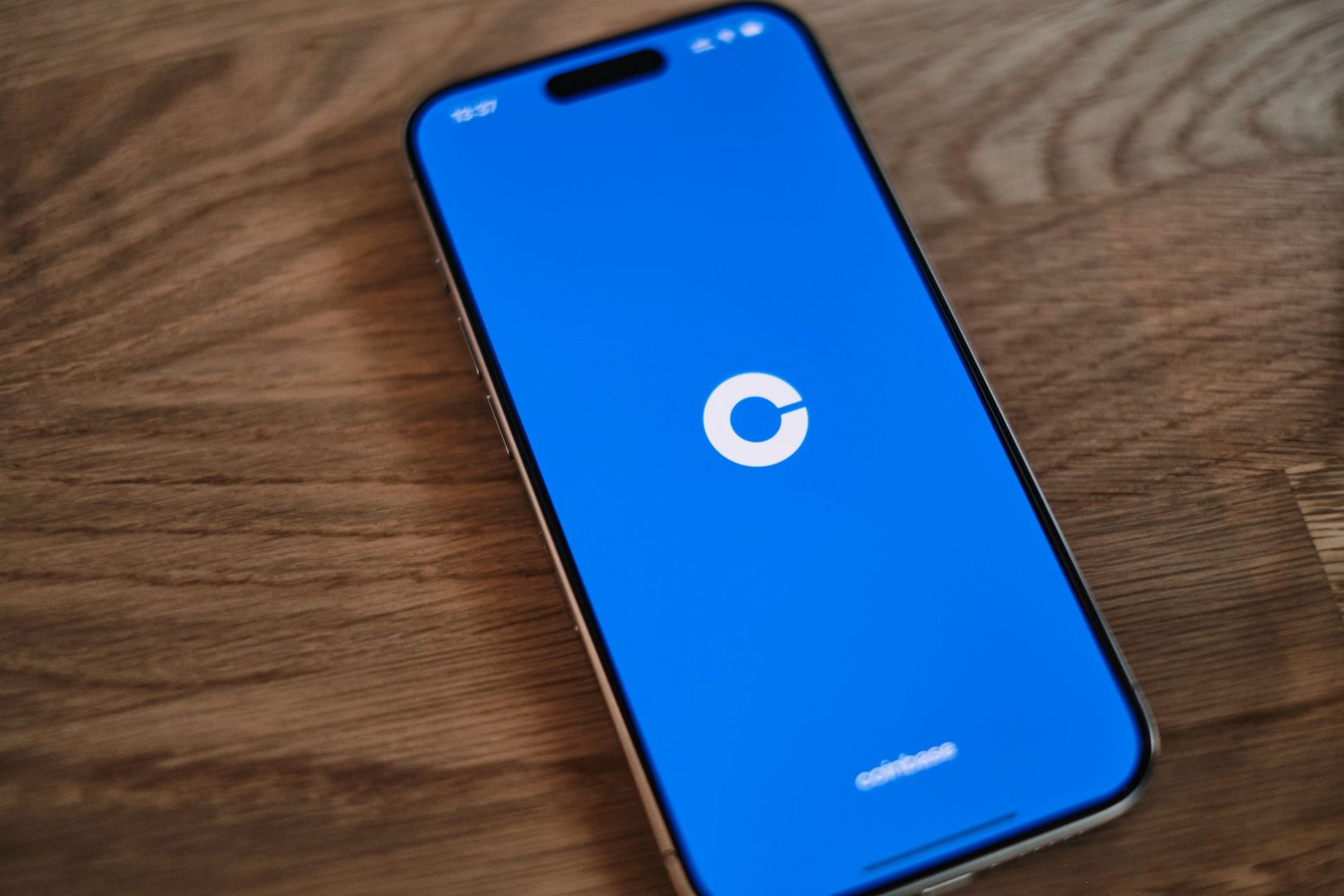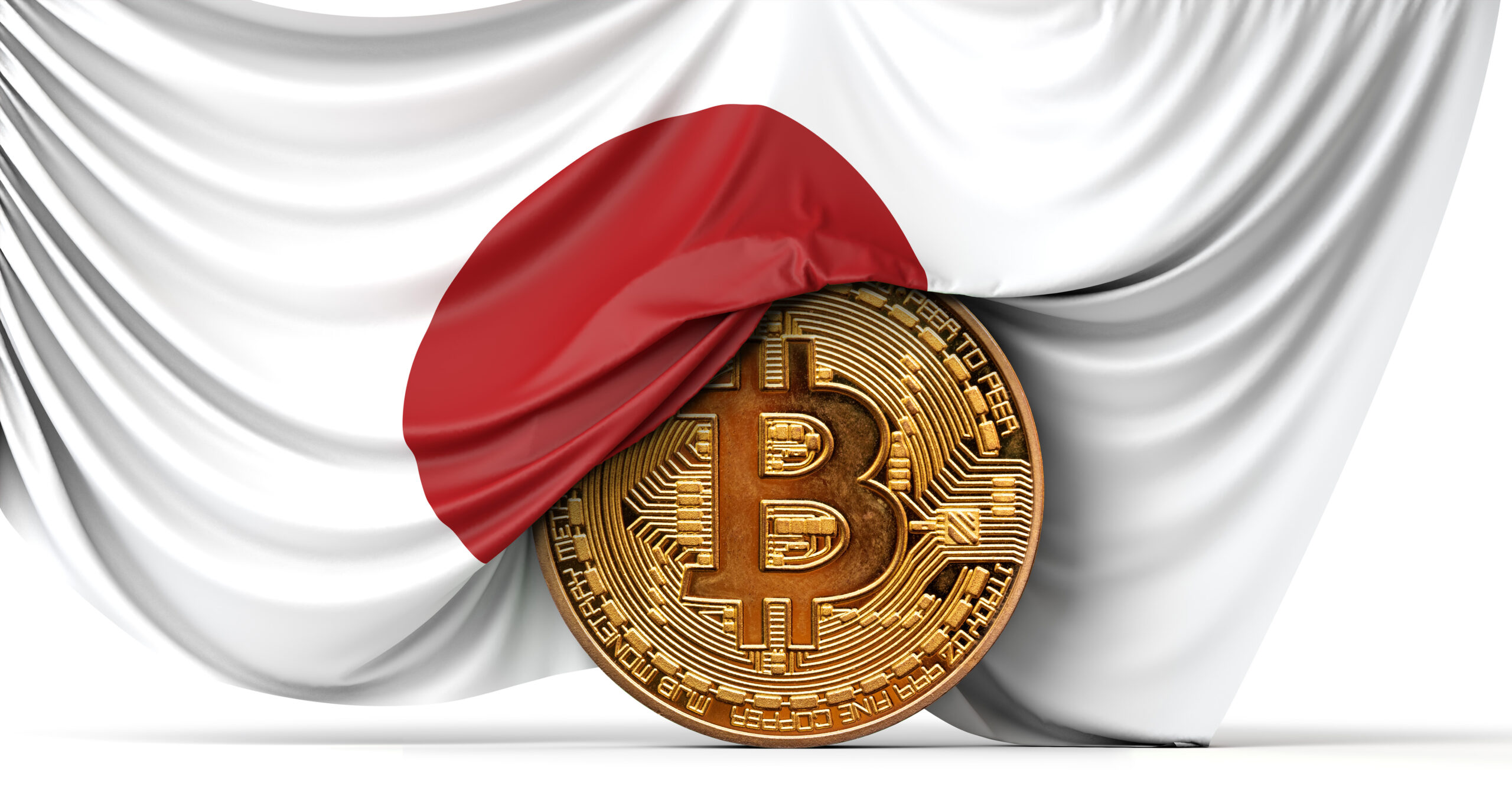8 ways to create mentally healthy workplaces
Only one in four U.S. employees strongly agree that their organization cares about their overall well-being, with stark implications. Gallup reports that high employee well-being leads to improved performance, fewer sick days, and lower rates of burnout and turnover. “When your employees’ well-being suffers, so does your organization’s bottom line,” the group noted. At one time we may have thought that workplace well-being was separate from personal well-being. But now with digital overload, remote work, and a blurring of lines between work and home, it is a critical area for addressing how we feel about life in general. So how can organizations make mental health a real, lasting priority in the workplace? Here, experts offer eight strategies. 1. Speak up from the top and lead with experience “As leaders, the most important role you can play in creating a mentally healthy workforce is to tackle stigma by having conversations in the workplace around mental well-being,” says Zoe Sinclair, founder of the workplace mental well-being consultancy This Can Happen. Sinclair suggests leaders share their own lived experiences—like periods of stress or burnout—through internal company blogs, panels, or team meetings, to normalize mental health conversations. “Leaders have the power to create change directly from the top down. Ensure that you’re consistent in your approach and that mental health is regularly a part of your conversations in the workplace,” she adds. “This will truly help to tackle the taboo.” 2. Call out toxicity and don’t let it fester Reinvention coach and Uncaged author Katia Vlachos argues that one of the most overlooked contributors to mental distress at work is unchecked toxic behavior. “One of the most powerful things a leader can do to support mental health at work is to name the dysfunction, and actively protect their people from it,” she says. Vlachos has seen firsthand how unspoken dysfunction, from subtle gaslighting to exclusion, can erode trust and well-being. To foster a mentally healthy workplace, she says, leaders must “have the awareness and courage to say, ‘This [toxic behavior] is not okay. And I won’t allow it on my watch.’ ” “Protecting mental health means protecting people’s dignity,” she adds. To do that, she says, it’s important to create “clear, safe channels for employees to speak up—without fear of facing retaliation or of being dismissed as ‘difficult.’ ” “When people feel safe to be themselves at work, they don’t just survive; they thrive. And so do their organizations.” 3. Rewire workplace conversations Most workplace conversations start with problems (for example: We’ve missed our targets for the second quarter), say David Pullan and Sarah Jane McKechnie, leadership experts and the authors of The DNA of Engagement: A Story-Based Approach to Building Trust and Influencing Change. But this approach triggers our brains’ defense mechanism. A small shift in the structure of how we communicate can significantly improve psychological safety, and that can be done via Pullan and McKechnie’s “DNA” model: Dream-Nightmare-Action. This method starts with leaders acknowledging the Dream (a team’s aspirations), then addressing the Nightmare (challenges), and finally moving to Action (the solution). This sequence creates psychological safety because people feel understood before they feel challenged, the authors add. Collaborative conversations lead to engaged teams co-authoring innovative solutions. It’s practical neuroscience: “connection before correction.” 4. Use Generative AI to remove the emotion from employee feedback AI is more often associated with productivity gains than emotional well-being, but Michael Wade and Amit Joshi, professors at the International Institute for Management Development (IMD) and authors of GAIN: Demystifying GenAI for office and home, argue otherwise. “We believe that organizations and leaders can also leverage this technology to strengthen psychological safety within organizations—when implemented thoughtfully,” they say. They propose a GenAI-powered “anonymous feedback system,” a way of collecting, analyzing, and acting upon data or feedback from employees. Advanced AI systems can collect employee feedback while completely disconnecting it from identifying information, they explain. These tools can then analyze patterns to identify systemic workplace issues. Rather than simply passing along potentially charged emotional language that might trigger defensive responses from leadership, AI can reframe feedback into actionable, solution-oriented recommendations while preserving the substance of concerns, Wade and Joshi say. They add that for discussions involving sensitive workplace issues, AI-mediated communication channels can help establish psychological distance that enables more open and honest conversation. 5. Make accommodations, even if they’re small, for people who think differ

Only one in four U.S. employees strongly agree that their organization cares about their overall well-being, with stark implications. Gallup reports that high employee well-being leads to improved performance, fewer sick days, and lower rates of burnout and turnover. “When your employees’ well-being suffers, so does your organization’s bottom line,” the group noted.
At one time we may have thought that workplace well-being was separate from personal well-being. But now with digital overload, remote work, and a blurring of lines between work and home, it is a critical area for addressing how we feel about life in general.
So how can organizations make mental health a real, lasting priority in the workplace? Here, experts offer eight strategies.
1. Speak up from the top and lead with experience
“As leaders, the most important role you can play in creating a mentally healthy workforce is to tackle stigma by having conversations in the workplace around mental well-being,” says Zoe Sinclair, founder of the workplace mental well-being consultancy This Can Happen.
Sinclair suggests leaders share their own lived experiences—like periods of stress or burnout—through internal company blogs, panels, or team meetings, to normalize mental health conversations.
“Leaders have the power to create change directly from the top down. Ensure that you’re consistent in your approach and that mental health is regularly a part of your conversations in the workplace,” she adds. “This will truly help to tackle the taboo.”
2. Call out toxicity and don’t let it fester
Reinvention coach and Uncaged author Katia Vlachos argues that one of the most overlooked contributors to mental distress at work is unchecked toxic behavior. “One of the most powerful things a leader can do to support mental health at work is to name the dysfunction, and actively protect their people from it,” she says.
Vlachos has seen firsthand how unspoken dysfunction, from subtle gaslighting to exclusion, can erode trust and well-being. To foster a mentally healthy workplace, she says, leaders must “have the awareness and courage to say, ‘This [toxic behavior] is not okay. And I won’t allow it on my watch.’ ”
“Protecting mental health means protecting people’s dignity,” she adds. To do that, she says, it’s important to create “clear, safe channels for employees to speak up—without fear of facing retaliation or of being dismissed as ‘difficult.’ ”
“When people feel safe to be themselves at work, they don’t just survive; they thrive. And so do their organizations.”
3. Rewire workplace conversations
Most workplace conversations start with problems (for example: We’ve missed our targets for the second quarter), say David Pullan and Sarah Jane McKechnie, leadership experts and the authors of The DNA of Engagement: A Story-Based Approach to Building Trust and Influencing Change.
But this approach triggers our brains’ defense mechanism. A small shift in the structure of how we communicate can significantly improve psychological safety, and that can be done via Pullan and McKechnie’s “DNA” model: Dream-Nightmare-Action. This method starts with leaders acknowledging the Dream (a team’s aspirations), then addressing the Nightmare (challenges), and finally moving to Action (the solution).
This sequence creates psychological safety because people feel understood before they feel challenged, the authors add. Collaborative conversations lead to engaged teams co-authoring innovative solutions. It’s practical neuroscience: “connection before correction.”
4. Use Generative AI to remove the emotion from employee feedback
AI is more often associated with productivity gains than emotional well-being, but Michael Wade and Amit Joshi, professors at the International Institute for Management Development (IMD) and authors of GAIN: Demystifying GenAI for office and home, argue otherwise.
“We believe that organizations and leaders can also leverage this technology to strengthen psychological safety within organizations—when implemented thoughtfully,” they say.
They propose a GenAI-powered “anonymous feedback system,” a way of collecting, analyzing, and acting upon data or feedback from employees. Advanced AI systems can collect employee feedback while completely disconnecting it from identifying information, they explain. These tools can then analyze patterns to identify systemic workplace issues.
Rather than simply passing along potentially charged emotional language that might trigger defensive responses from leadership, AI can reframe feedback into actionable, solution-oriented recommendations while preserving the substance of concerns, Wade and Joshi say.
They add that for discussions involving sensitive workplace issues, AI-mediated communication channels can help establish psychological distance that enables more open and honest conversation.
5. Make accommodations, even if they’re small, for people who think differently
Alex Partridge, neurodiversity advocate, founder of LADBible, and author of Now It All Makes Sense, knows from experience how conventional workplaces often ignore neurodiverse employees’ needs: “Being neurodiverse and trying to fit in isn’t always easy. For some people, the office can be a difficult place to focus and a sensory nightmare,” Partridge says.
Seemingly simple accommodations—like remote work where possible and setting meeting agendas ahead of time—can be transformative, he says.
“There are many times I have sat in meetings and been unable to think clearly enough to contribute,” he adds. “Time and time again, the outcome of the meeting was decided by the loudest and most confident voices, but often the best ideas were trapped inside anxious minds.”
Partridge recommends forward planning to help all employees get the best from meetings. “All the information to be presented in the meeting should be sent to attendees via email, and then everyone has a deadline—24 hours works well—to put forward their solutions and ideas.
“Small accommodations in the workplace can make a huge difference, and they’re something that all neurodiverse employees are entitled to.”
6. Redefine ‘productivity’ and model it from the top
Leaders need to rethink “busy-ness” as a byword for productivity, which has a knock-on effect across teams, says Philip Atkinson, organizational coach and author of Bee Wise: 12 Leadership Lessons From a Busy Beehive.
“Ask someone how they are, and the answer is often, ‘Good, thanks. Busy.’ We’ve bought into the idea that being constantly busy is success.” He points out that speed often leads to poor decisions and chronic fatigue—we might be ticking things off for a dopamine hit, but may be acting before we think. “We’re always on, always available. It’s become a badge of honor.”
Instead, Atkinson suggests leaders prioritize what really matters. “Our competitive advantage, in the age of AI, doesn’t come from doing more but thinking harder. Instead of a ‘to-do list’, let’s try making a ‘to-don’t list.’ ”
7. Respect your people’s work-life boundaries
“Every time you email someone a quick question at 10 p.m., you’re effectively saying that personal boundaries are optional,” says Nik Kinley, leadership coach and author of The Power Trap: How Leadership Changes People, and What To Do About It. He warns leaders to think carefully about after-hours communication, because what starts as a convenience or habit becomes a silent expectation.
“People need time away to recharge their batteries and be fully productive. So, lead by example and cut the off-hour emails,” he adds. “Schedule all but the most urgent to be sent early the next day. If you see others sending nonurgent emails out of hours, ask them to schedule them, too. Publicly lay down the ground rules.”
This isn’t just about mental health, Kinley says. “It’s about people sustaining high productivity and performance levels through extended periods of pressure.”
8. Prioritize human connection
Leaders under commercial pressure often seek out quick solutions and focus relentlessly on results, says Josephine McGrail, wellness coach and author of The Morning Miracle, Messages of Love, and Fall in Love With You.
“What people truly need is human connection: a place to speak and be heard, not judged, not fixed. We need to remember our human element in the workplace,” she says.
According to McGrail, outdated management practices and paradigms such as “Don’t let down your guard” are part of the problem, and are actually unsustainable in the long term. “People thrive when they feel included—like they matter and their input matters.”
“Fear and anxiety at work arise when we feel a deep sense of isolation and can’t relate to each other. Therefore, your team needs to see you present authentically as a leader,” she says.
McGrail suggests leaders not only visibly celebrate big wins but also speak honestly about how they deal with disappointment and stress. By prioritizing human connection, leaders can better motivate and inspire their teams, she says.







![8 Marketing Principles You Wish You Knew From the Start [Infographic]](https://imgproxy.divecdn.com/IrFUUizSVZJGsPem_wXXddL_nQGNvo8QImauGCOQCxo/g:ce/rs:fit:770:435/Z3M6Ly9kaXZlc2l0ZS1zdG9yYWdlL2RpdmVpbWFnZS84X21hcmtldGluZ19wcmluY2lwbGVzX2luZm8yLnBuZw==.webp)



















































































































































































